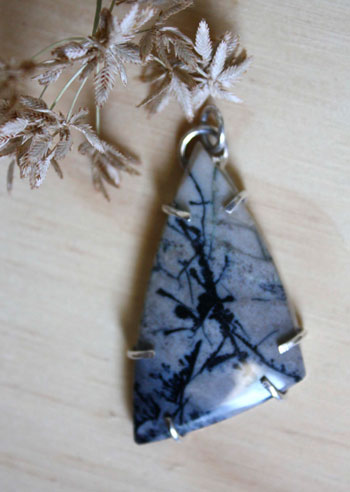- Jewelry
- Inspiration
- Our imagination
- Birthstones
- Celebrating with Eternal Flowers
- Druids and druidesses
- Flower meanings
- History, archeology jewelry
- History and healing properties of metals
- History and healing properties of stone
- Illumination jewelry
- Japanese symbols
- Maya calendar jewelry
- Stone color symbolism
- Stones catalogue
- Wedding anniversaries
- Searches a theme on the site
- Good Deals
- Paintings
- About
- Contact
JEWELRY
- Anklet
- Bracelets
- Brooches
- Cufflinks
- Earrings
- Pendants & Necklaces
- Rings
- Draw your jewelry
- How to clean your jewel
- Metal we used
INSPIRATION
- Our imagination
- Birthstones
- Celebrating with Eternal Flowers
- Druids and druidesses
- Flower meanings
- History, archeology jewelry
- History and healing properties of metals
- History and healing properties stones
- Illumination jewelry
- Japanese symbols
- Maya calendar jewelry
- Stone color symbolism
- Stones Catalogue
- Wedding anniversaries
- Searches a theme on the site
Bertrandite or Tiffany: history, healing properties and lithotherapy

Bertrandite or Tiffany properties

Bertrandite, also known as Tiffany stone, stands out for the richness of its names, including opalized fluorite, opal fluorite, ice cream opalite, and purple opal. This name reflects the stunning variety of hues and reflections that characterize the stone, ranging from white to purple, with shades of cream, blue, and pink.
First discovered near Nantes, France, in 1880, it was described and named by mineralogist Alexis Damour in 1883 in honor of Émile Bertrand, a mining engineer.
Bertrandite is the result of complex geological processes involving intense volcanic conditions. It is composed of several minerals, including beryllium, chalcedony, quartz, and opal, along with traces of manganese oxides, which give it its fascinating color variations. This mineral combination makes each specimen unique, both aesthetically and energetically.
This stone is mainly extracted in regions where beryllium is also mined. Although its use remains limited, bertrandite is distinguished by its rarity, making it a prized gem for collectors and gemstone enthusiasts.
Mines: Brazil, the USA, Italy, Kazakhstan, Mexico, Namibia.
History, Beliefs, and Legends about Bertrandite
Although bertrandite was discovered relatively late in the history of minerals and lacks documented traditional uses, it is now associated with spiritual and metaphysical properties in the field of crystal healing.
Some modern beliefs suggest that bertrandite promotes spiritual elevation and fosters a deeper connection with subtle realms, thanks to its soft and ethereal hues, which evoke inner peace and tranquility.
Healing properties and benefits of the bertrandite
Throughout human history, man has attributed various healing properties, virtues, and beliefs to bertrandite. The information presented here is shared for cultural and historical purposes, to illustrate the symbolic relationship between this stone and man throughout time and civilizations. It does not constitute a therapeutic or medical recommendation.
- Bertrandite brings energetic balance that enhances the vitality of organs such as the heart and thymus, thereby helping to strengthen the immune system and harmonize the body’s energies.
- With its ability to promote cellular regeneration, it is recommended for speeding up wound healing and improving skin health. Its soothing properties also make it effective in relieving skin conditions such as irritations and inflammations.
- In crystal healing, bertrandite is used as a supportive stone to help regulate metabolism. It promotes better digestive balance, aiding those who use it in managing digestive issues and weight.
 Please note that all healing properties attributed to stones come from ancient traditions and various cultural sources. This information is provided for informational purposes only and does not constitute medical advice. In case of any health concerns, it is recommended to consult a qualified professional.
Please note that all healing properties attributed to stones come from ancient traditions and various cultural sources. This information is provided for informational purposes only and does not constitute medical advice. In case of any health concerns, it is recommended to consult a qualified professional.
Tiffany jewelry samples
To learn more about litotherapy, we recommend you the following books:




